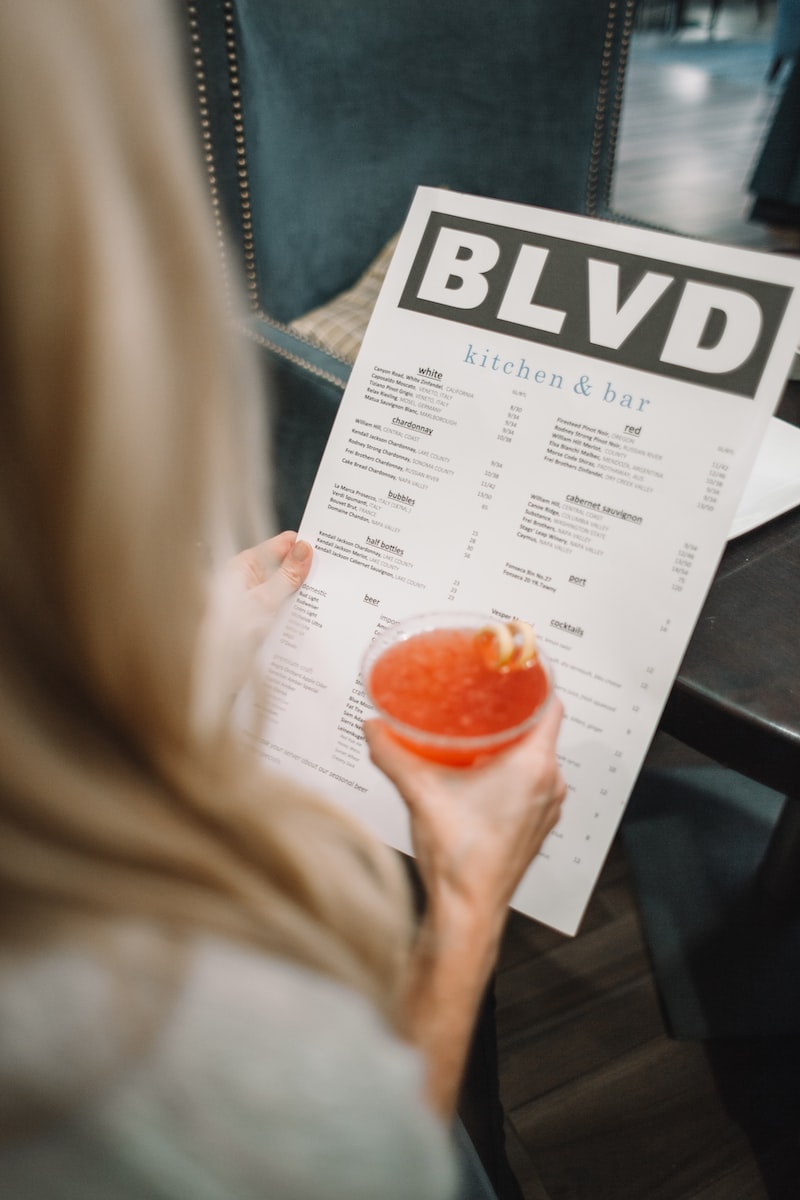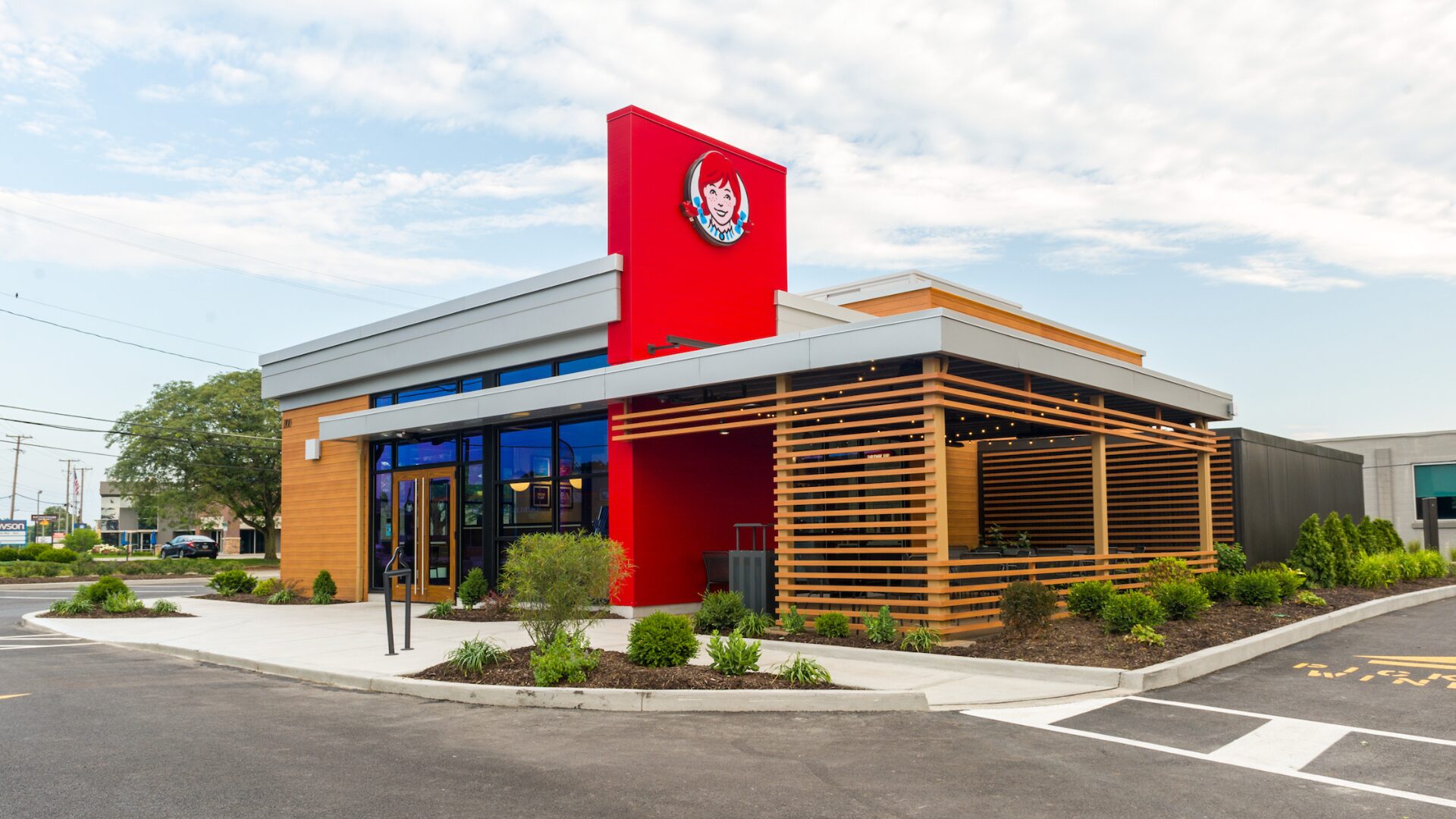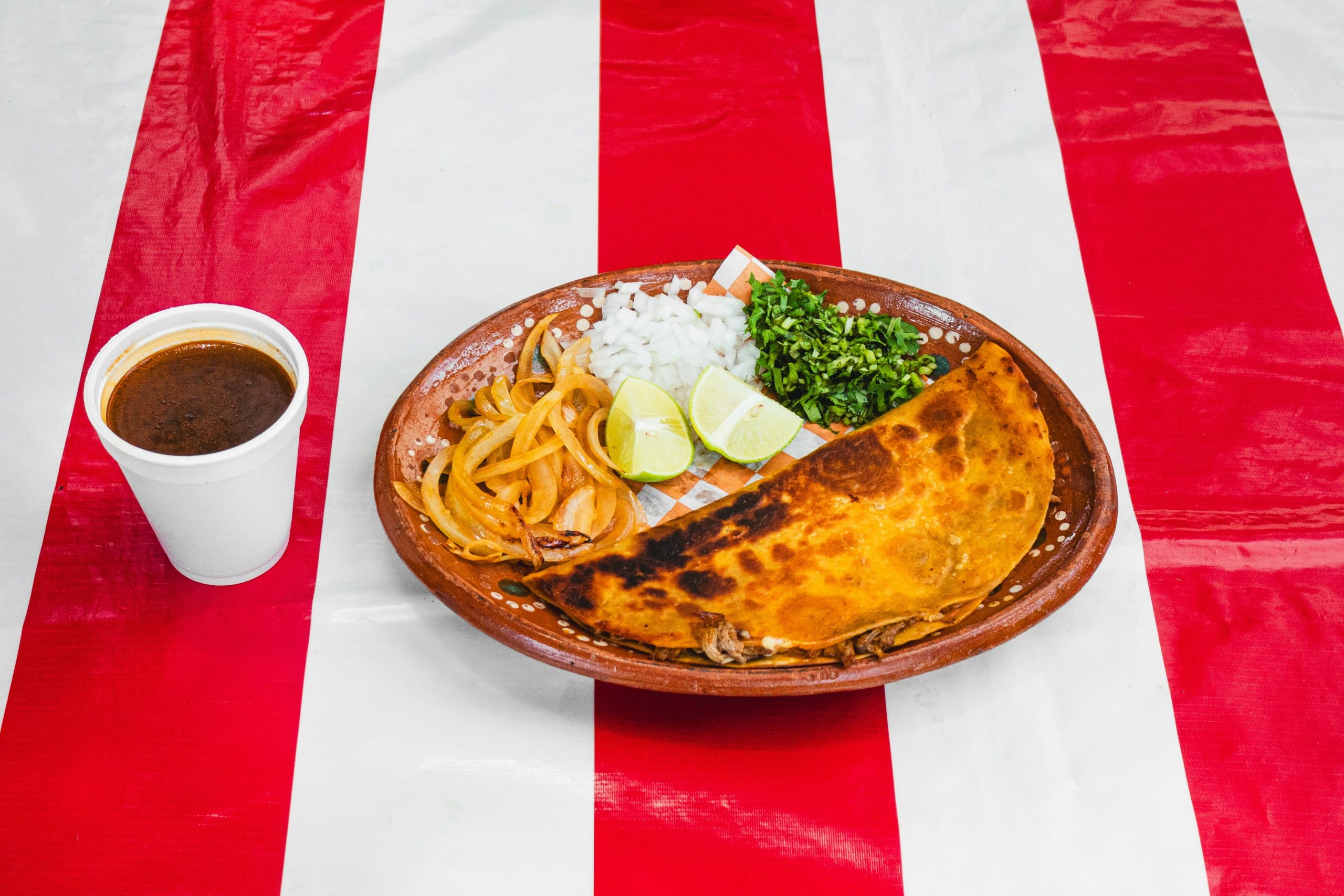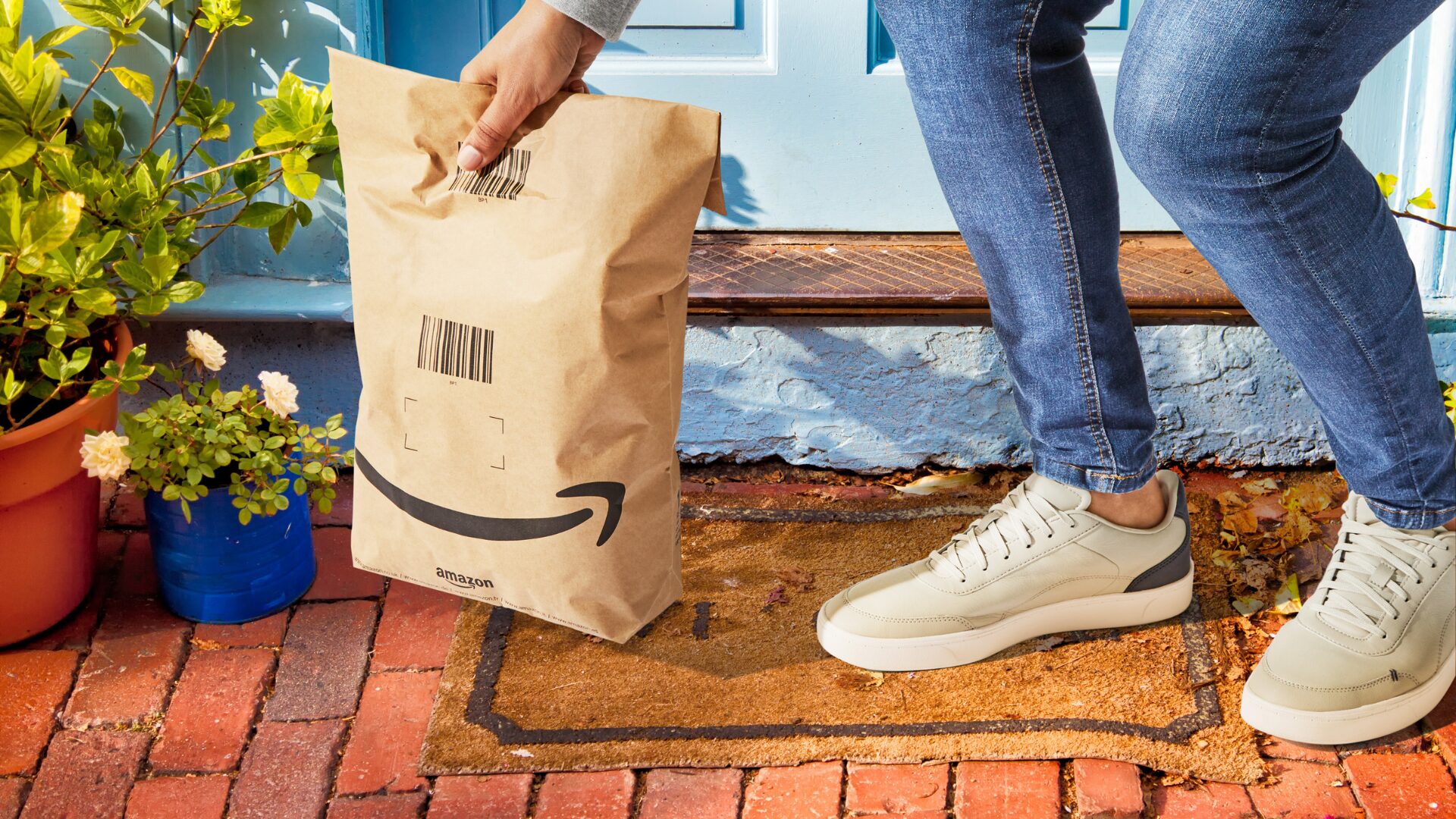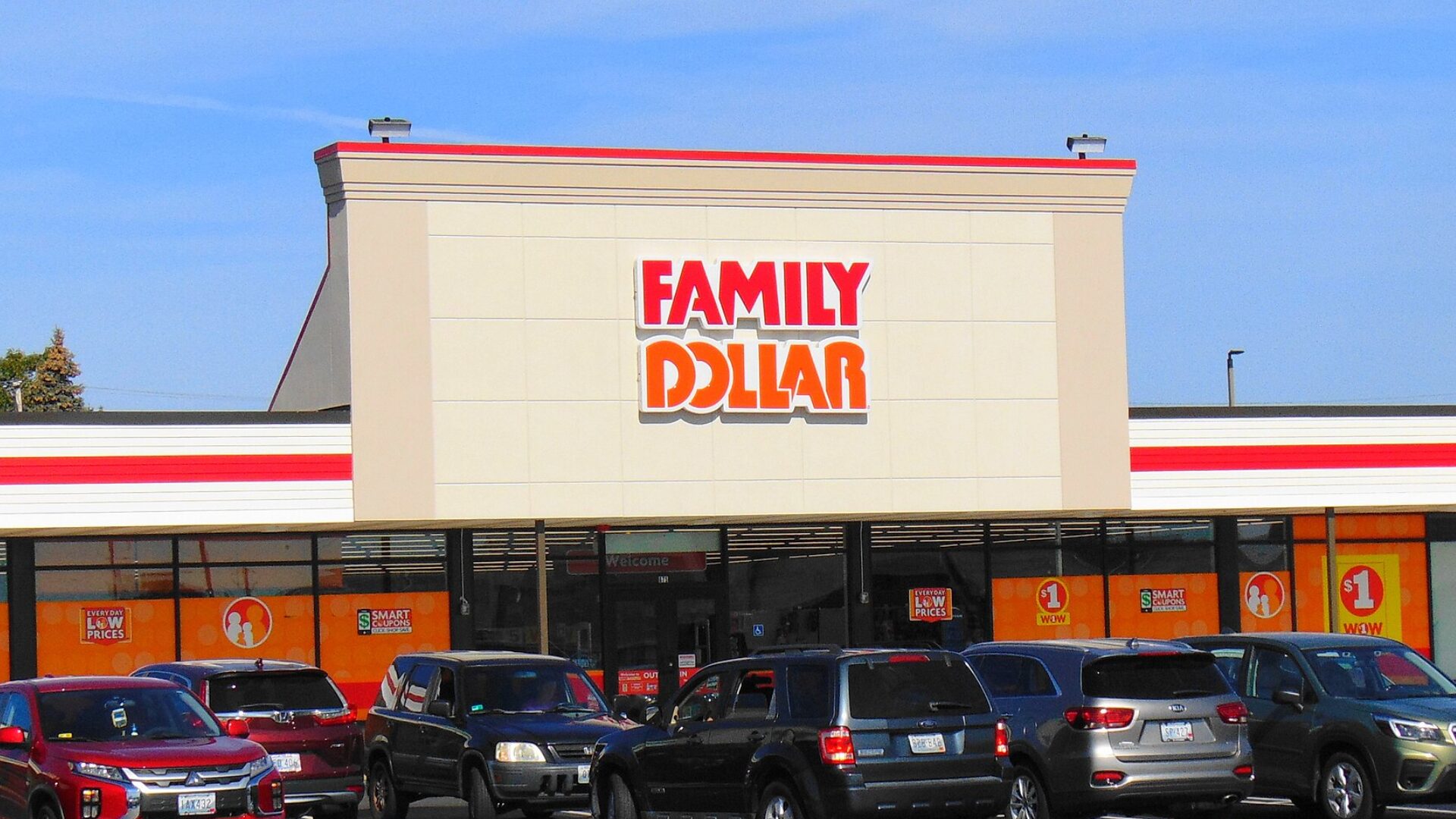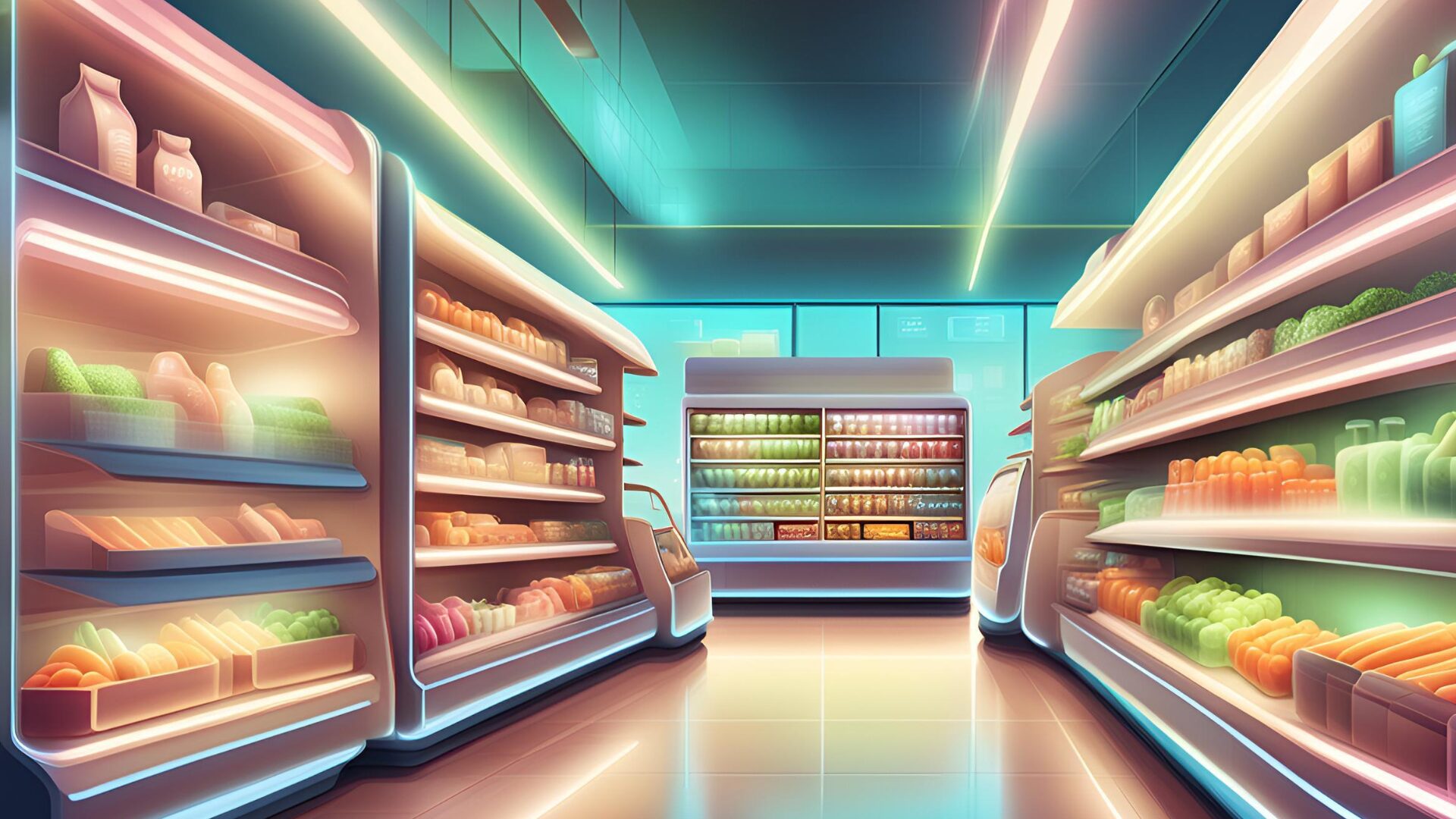Foodservice operators have faced numerous obstacles during the COVID-19 pandemic, not the least of which is an unrelenting labor shortage.
“I went to a local restaurant recently,” Patrick O’Reilly, principal at Marcum LLP said. “There was a sign on the front door that said ‘Be nice to our employees; they showed up for work today.’
“It’s really, really hard to retain these employees,” he added.
O’Reilly joined R.J. Hottovy, head of analytical research at Placer.ai, on a recent Food Institute webinar, noting trends among restaurants that have thrived throughout 2022.
According to the industry experts, successful foodservice operators are taking the following steps to emerge from the pandemic on solid ground:
EMBRACING MENU INNOVATION
Taco Bell is using menu innovation to bring customers back. The last few years have featured a dearth of product innovation, Hottovy noted, as many quick-service restaurants opted to keep inventory lean, with streamlined menus, for operational purposes.
In May, however, Taco Bell bucked that trend with the limited time, re-release of the Mexican Pizza, which promptly resulted in a spike in traffic. The chain recently announced the Mexican Pizza will return to its menu for good starting September 15.
“I think we’re really starting to see some hard evidence of the idea that innovation can drive visitation trends,” said Hottovy, who also noted that KFC recently received a boost in visits with the release of new chicken nuggets.
ADJUSTING MENU PRICES
Hottovy noted that multiple fast-casual chains have had success this summer with an entrée price point of $12 to $15, catering to price-sensitive customers during a period of increasing inflation.
“We’ve seen a pare back the last couple months as we’ve gotten to this place where consumers have been more cautious,” the Placer.ai executive said. “There are still some stores that are doing very well, particularly the ones that have adjusted the price point to really accommodate for what consumers are looking for.”
FOCUSING ON COMMUNITY
This year, Starbucks has displayed an increased focus on what it deems its “community stores,” which are designed to allow employees the ability to connect with local communities through specific initiatives or causes. The coffee chain currently has 150 community store locations, reported Restaurant Business.
The strategy is working, Hottovy said.
“If we map out the performance of community stores compared to the rest of the nearby Starbucks locations,” he said, “we’re seeing an outperformance there, really underscoring this idea of a community being very important. I think that’s been an emerging trend through COVID.”
SEEKING EFFICIENCY
Restaurants are increasingly utilizing relatively new technology to overcome issues like the labor shortage. Columbus, Ohio-based Charleys Philly Steaks chain, for example, is using self-ordering kiosks that help the chain dedicate employees to less menial tasks.
“Embracing technology has been huge for these QSRs,” O’Reilly said. “It has to be convenient or you’re not going to draw customers.
“Convenience is absolutely the king right now,” he added.


